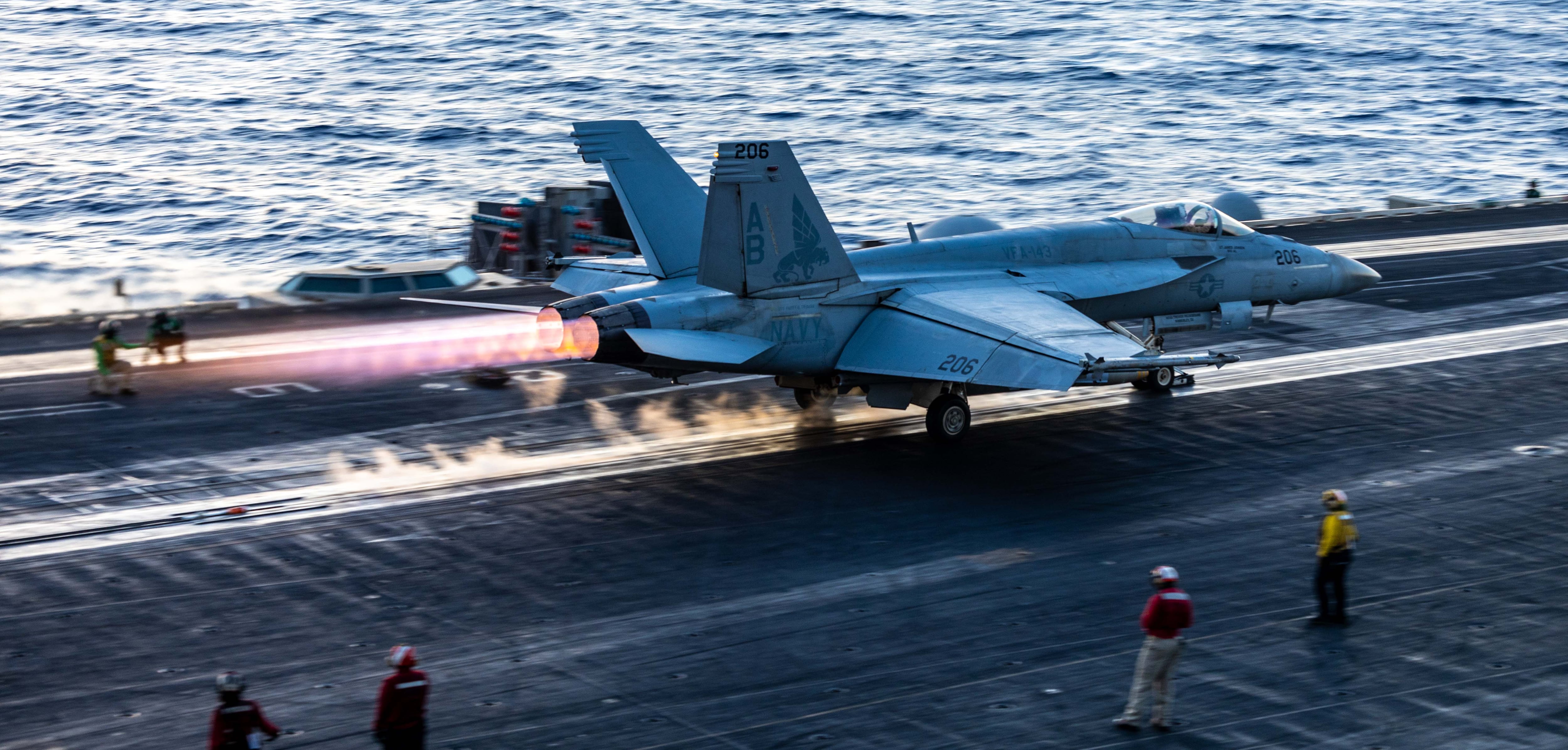The Marine Corps is preparing to dispatch its second task force designed specifically for crisis response — this time to the Middle East in order to position for rapid response in that part of the world.
Marines have started predeployment training as they prepare to stand up the new Special-Purpose Marine Air-Ground Task Force Central Command. The special purpose MAGTF — which will include ground, logistics and aviation units — will be modeled after the one based in Europe to deal with crises in Africa.
Marines operating in support of SPMAGTF-CENT will likely be based in numerous locations in the Middle East, a Marine official told Marine Corps Times. Location specifics have not yet been made public due to continued negotiations with host nations, he added. But Defense Department officials have indicated in the past that it's likely to be headquartered in Bahrain, which already hosts a command element of about 150 staff personnel.
About 1,900 Marines and sailors will form SPMAGTF-CENT, Lt. Col. Joe Kloppel, a spokesman with Marine Corps Forces Central Command, told Marine Corps Times in April. That would nearly double the size of SPMAGTF-Crisis Response, currently based in Spain and Romania. That unit was initially made up of about 550 Marines, but has expanded to about 1,000 in recent months.
Marine Aerial Refueler Transport Squadron 234, a reserve unit based at Naval Air Station Joint Reserve Base Fort Worth, Texas, is one of the first units the Marine Corps tapped for assignment to SPMAGTF-CENT. The squadron, which recently fielded its first KC-130J Super Hercules refueler, just began preparing for its six-month deployment with SPMAGTF-CENT, according to the release.
"The whole package is called assault support," said Maj. Anthony Frank, a KC-130 pilot, according to the release. "We'll be doing day and night aerial refueling, logistical support, and aerial deliveries."
Marine Corps officials declined to identify other units that will be assigned to SPMAGTF-CENT. They also declined to provide a projected deployment date. But the unit is expected to land in the CENTCOM area of responsibility during fiscal 2015, which means the new crisis response unit could deploy as early as Oct. 1.
SPMAGTF-CENT is expected to pick up a mission that regularly dispatches infantry Marine rotations to augment security at the U.S. Embassy in Yemen, according to a Defense Department official. West Coast infantry companies have been deploying to that embassy to boost security for nearly a year.
The continuing embassy mission in Yemen mirrors a similar one carried out by members of SPMAGTF-Crisis Response at the U.S. Embassy in Libya, called Task Force Tripoli. East Coast-based grunts have deployed there for months to provide an added measure of security after the attacks that took place in Benghazi in 2012.
Just as East Coast Marines have been assigned to rotational deployments in Europe and Africa, West Coast Marines are expected to handle the deployments to Middle East going forward.
It's part of the Corps' new strategy to regionally align its East and West Coast units to better provide cohesion.
KC-130 units, like VMGR-234, have been vital to crisis response operations in the U.S. Africa Command area of operations, according to Marine officials. When Marines with SPMAGTF-Crisis Response were called on to evacuate personnel from the U.S. Embassy in South Sudan using Ospreys, they flew from Spain to Djibouti, where the unit staged for the mission. The flight was equivalent to the distance from Alaska to Florida, and the KC-130Js were able to carry out numerous aerial refuelings.





